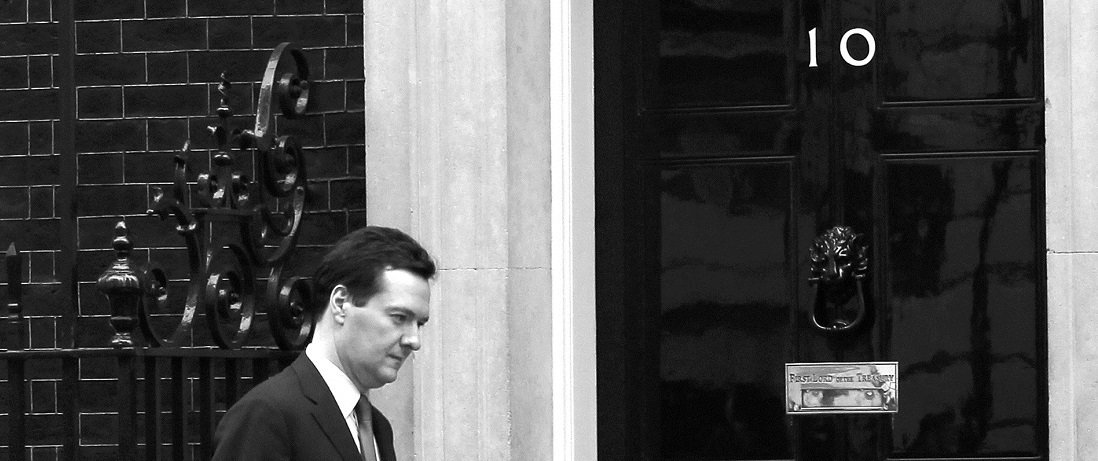The 2015 manifestos will represent both a set of offers to the electorate and the opening gambit in coalition negotiations. Although, as we have already seen, all sorts of outcomes are possible, the main strategising has naturally been done by the three big Westminster parties, expecting the big decision to be whether the Liberal Democrats go with the Conservatives or Labour.
During 2014, the parties showed their hand to varying degrees. The Liberal Democrats published a full pre-manifesto. Labour concluded its policy forum with a formal statement of policy. The Conservatives remain the last to set out a programme, held back in part by the pressures of being in government but also the freedom afforded by a more relaxed party constitution. However, there are sufficient public statements, party conference promises and long term policy goals to give a strong hint of what the Tory platform will look like.
Collectively, this gives us a decent impression of how the parties line up. Any policy agreement will include a number of detailed pledges, but any negotiation will have to open with a set of headline issues.
Responsibility and control
Demands around departmental posts will probably be driven by the Liberal Democrats. One big question for them is what their leader does in a future coalition government. If the Lib Dems are this time negotiating three rather than four or five cabinet posts, they might first insist that all of these have a departmental purview. Nick Clegg has maintained that he made the right decision in 2010, taking up the Deputy Prime Minister role that gives him with wide-ranging interests but little formal power. But he might insist this time that he should receive a proper job as a means of securing a greater legacy – Secretary of State for, say, Education.
Additionally, the Liberal Democrats have already briefed that they might ask for full control of one or more departments. Even where a Lib Dem secretary of state has been in place for the past four years (in DECC and BIS), the Conservatives have ensured that the department is balanced with a senior minister, meaning that a fully-fledged liberal departmental agenda is difficult to establish. Of course, all departments have to cope with the oversight of the Treasury, and the checks on their activity through cabinet committees, but establishing a little liberal bastion in Whitehall might still be quite appealing.
Leadership
A feature of the 2015 election is that all three major party leaders have been in place for nearly the entire Parliament, but all three have low personal ratings and seem to lead discontented parties. In 2010, the Lib Dems made a feature of their negotiation with Labour that Gordon Brown would have to make way. Such an ultimatum from them is not likely this time, but such will be the atmosphere within the parties that succession plans for Clegg, Cameron or even Miliband might yet be an implicit or explicit part of the discussions.
Europe
It is nearly inconceivable that a government containing Conservative ministers could get away with not holding a referendum on EU membership in 2017. So this is likely to be a non-negotiable plank of the Tory offer. However the protocols for campaigning in the referendum would then have to be worked out.
Depending on the outcome of reform discussions, the official government position in the referendum could be to stay in the EU, in which case whipping would presumably be suspended to allow Tories to fight for an exit, presumably with no Lib Dems of any consequence joining them. Or the official position could be to leave, at which point the Liberal Democrats would have to break from the Government and campaign with the opposition, taking a relatively small number of Conservatives with them.
This implies a need for clear visibility of three things: the circumstances in which the Government will reach an official position on ‘stay’ or ‘leave’; the protocol for how the government can function during a hugely divisive campaign; and the consequences for the coalition if the public rejects the government’s official view.
For Labour, the calculation is rather different. With no commitment to a referendum, any discussion about Europe may touch on reform and an anti-UKIP strategy, but the issue can be safely relegated down the agenda – unless the party is forced into promising a referendum in the later stages of the election.
Devolution
Immediately after the cross-party effort to win the Scottish independence referendum, devolution emerged as a dividing line between the parties. Quite apart from the issues of legitimacy in forming the coalition, the uncertain settlement means that there could be a lot to play for. Tory insistence on English votes for English laws could leave Danny Alexander’s post as Chief Secretary looking anomalous, for example, while the Liberal Democrats could Labour push for greater English devolution. Big constitutional issues of this sort would normally only be sorted through cross-party consensus, but with so much at stake and electoral arithmetic so finely balanced, the parties will be tempted to fight for any advantage they can.
What’s on the table?

